-
Windows
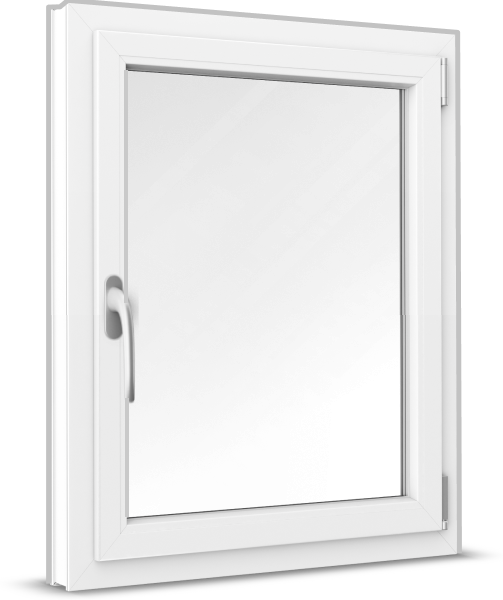 Windows
Windows
-
French Doors
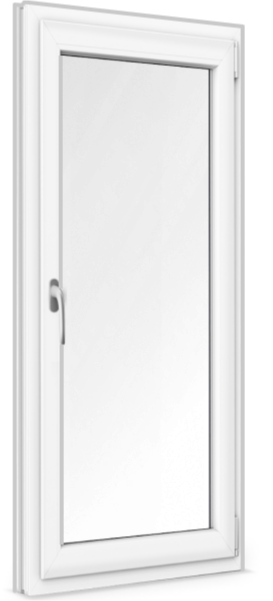 French Doors
French Doors
-
Patio Doors
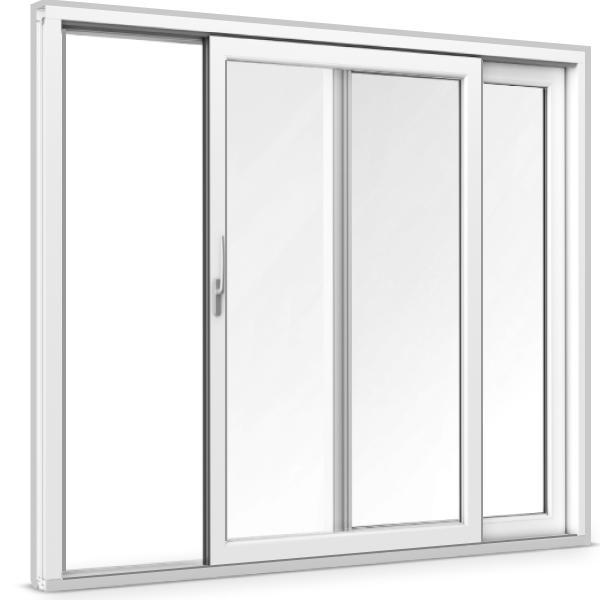 Patio Doors
Patio Doors
-
Front Doors
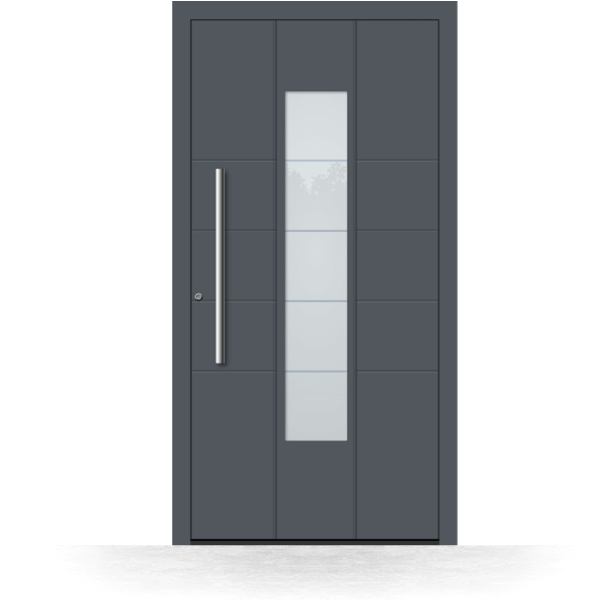 Front Doors
Front Doors
-
Roller Shutters
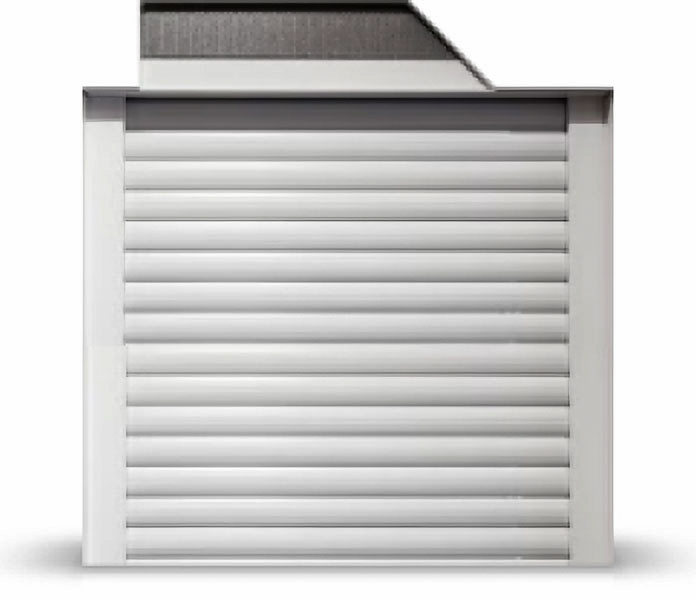 Roller Shutters
Roller Shutters
-
Window Sills
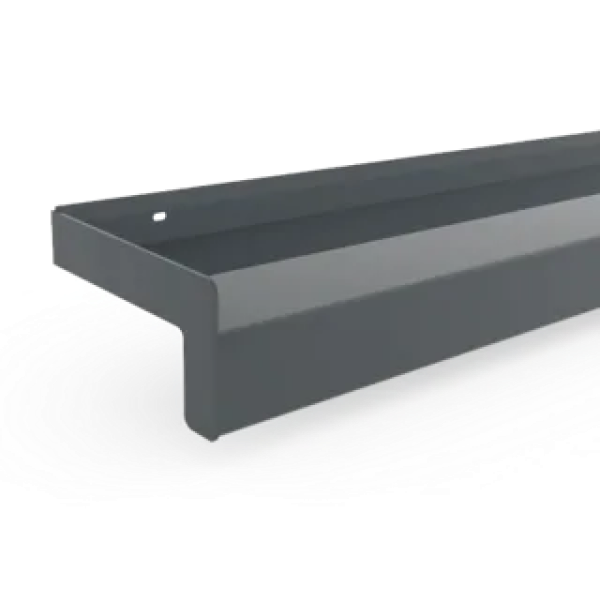 Window Sills
Window Sills
Sign in
Contact us
Many windows only fit up to a certain width in the window opening of a building shell. In order to enable a wide window front and thus maximum daylight nonetheless, several window and door elements can be connected using couplings, regardless of whether the door in question is a front door, French door or connecting door. There are different couplings for the respective window elements depending on your needs, as well as some basic things to consider.
from
€
12.38from
€
12.38
incl. 19% VAT, plus shipping
from
€
65.08from
€
65.08
incl. 19% VAT, plus shipping
from
€
122.43from
€
122.43
incl. 19% VAT, plus shipping
from
€
142.58from
€
142.58
incl. 19% VAT, plus shipping
from
€
142.58from
€
142.58
incl. 19% VAT, plus shipping
To better understand the need for couplings, take a look at the facade of a building shell first. Such a facade consists of three elements. These are:
The lintel means that any weight acting on it is deflected to the side, so that it does not press directly on the window or door element used in this location.
However, there are limits to the width of these struts — due simply to the laws of physics. If the wall opening for the window is wider than its maximum width, window coupling profiles offer the solution.
Depending on the area of application for which the coupling elements are intended, there is a choice between simple, large or corner couplings.
Spring and H couplings, which consist of small uPVC strips, are particularly suitable for connecting small windows or a French door. These coupling elements are simply installed in the openings provided on the window frame using the plug-in principle.
While the spring profile is no longer visible after coupling, the H coupling remains visible and can therefore be colour-coordinated with the window design.
Large sliding doors and window elements are to be connected to form an elegant window front? This is no problem with static coupling elements, which are specially designed for high loads.
The connecting pieces have a steel reinforcement or plate – this also dissipates the forces acting on the lintel. The maximum loading width of the window is therefore increased.
For this purpose, the elements are embedded in the floor and ceiling and then screwed to the frame to form a stable connection.
It is important at this point to ensure that the window and, if necessary, door elements also have full frame reinforcement.
When designing the individual window front, you can literally think outside the box. Whether in a new building or during a renovation project – window elements are not always at the optimum angle to one another.
Practical corner couplings can help in this case and offer unrestricted design options. The coupling profiles are screwed to the frame of the window and concealed by being covered with a chosen, appropriate material.
windows24.com offers a large selection of different couplings (corner, spring or static) as well as detailed information on how to assemble the respective model, all at reasonable prices.